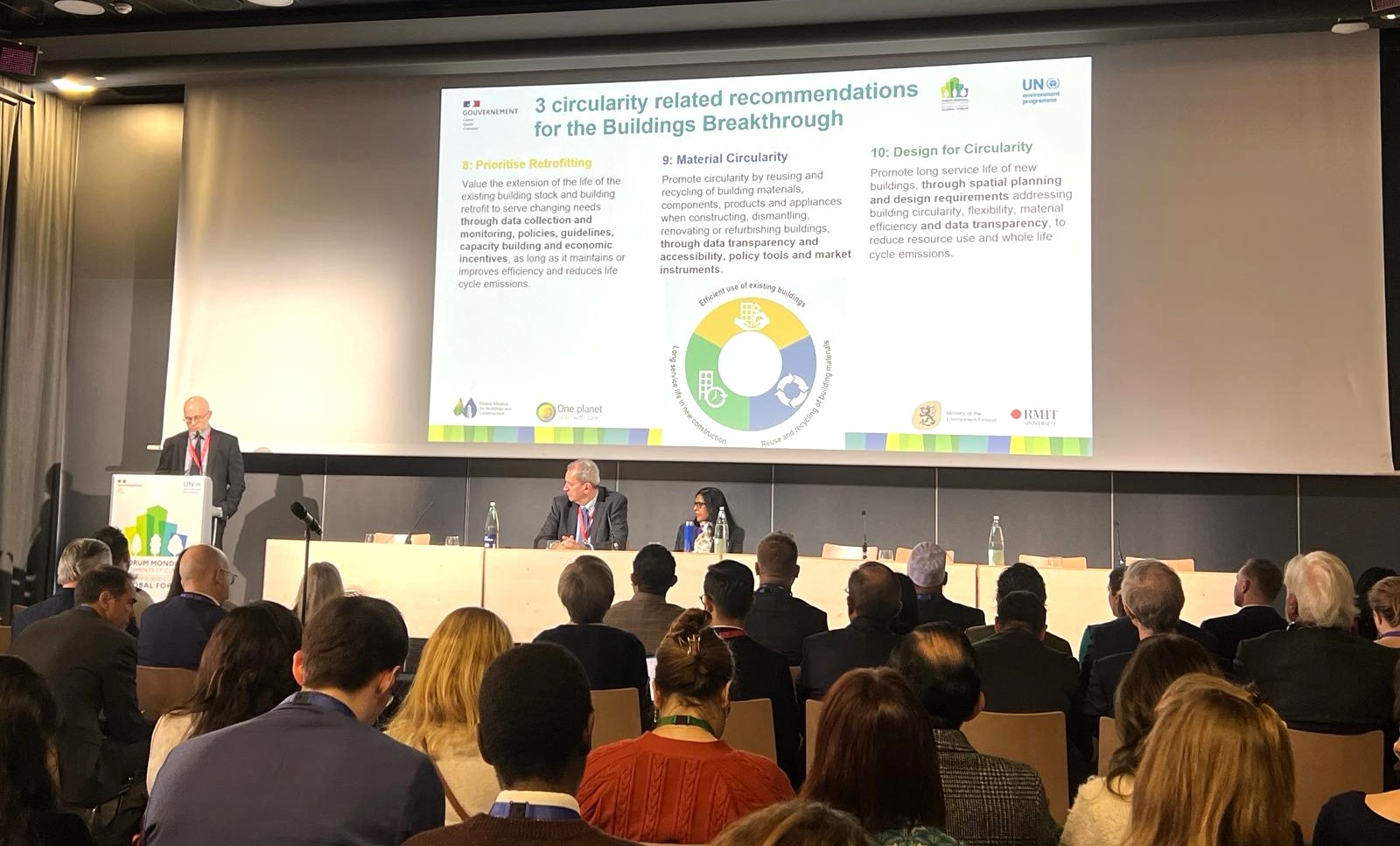Sweden - Hammarby Sjöstadsverket tests new treatment methods
The Swedish Government allocated SEK 6.2 billion for Local Investments Programmes (LIP) to support the process of change needed to achieve sustainable development. This is the largest investment in ecological sustainability to date in Sweden. As a result, over half of all municipalities in Sweden received LIP grants between 1998 and 2002. "Hammarby Sjöstadsverket tests new treatment methods" is one example of LIP.
Hammarby Sjöstadsverket in Stockholm, Sweden, was built as part of the Hammarby Sjöstad initiative, with the aim of halving environmental impact by demonstrating new technology and innovative solutions. Four parallel lines were constructed to treat incoming wastewater: aerobic treatment with active sludge with biological nitrogen and phosphorus reduction, aerobic treatment with drum filters, membrane bioreactor and reserve osmosis, anaerobic treatment with fluidized bed and reverse osmosis and anaerobic treatment with UASB (Upflow Anaerobic Sludge Blanket) and biological polishing. A separate part deals with the sludge. Positive effects on environment and economy:
• Improved prospects of raising biogas production and reducing phosphorus emissions biologically by completely separating wastewater from households from surface and drain water.
• Lower levels of heavy metals in the sludge, since surface water is treated separately. This improves the prospects of returning the sludge to the ecocycle.
• The plant recycles nitrogen as effectively as urine separation in the home.
• The project enabled smaller and innovative companies to test innovative solutions.
Östen Ekengren, IVL , 46 (0)8-598 563 43, osten.ekengren@ivl.se
Berndt Björlenius, Stockholm Vatten VA AB,
46 (0)8-522 124 85, berndt.Bjorlenius@stockholmvatten.se
Image

Project start date
01/01/1998
Project end date
01/01/1998

